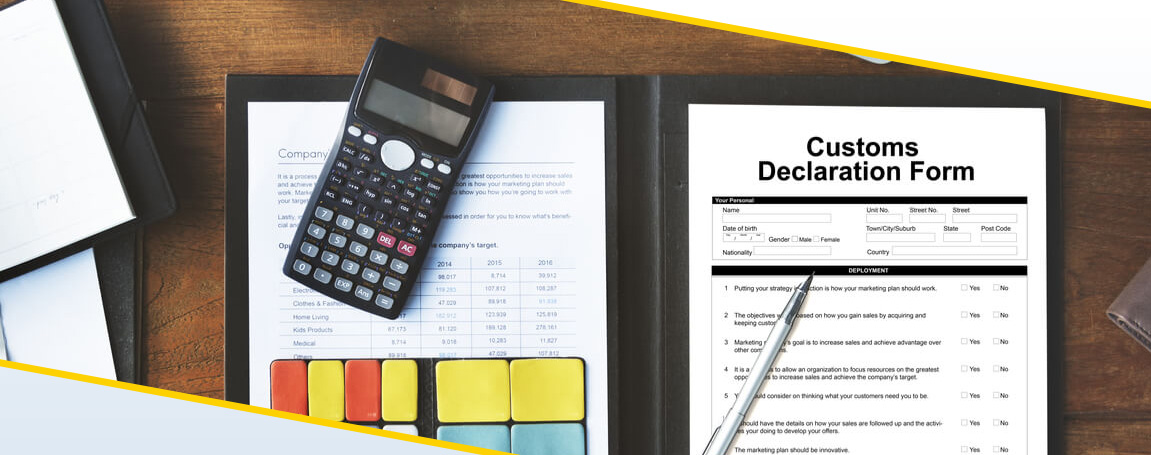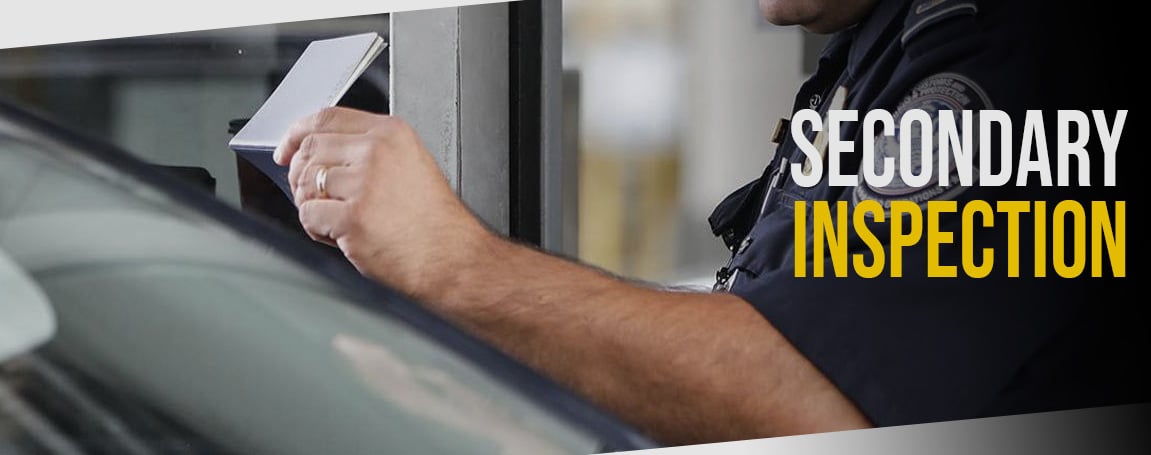Cross-Border Trucking from Canada to the U.S.
Cross-Border Trucking from Canada to the U.S.
Posted on July 18, 2022
The latest statistics have shown that the Canadian trucking market is an industry that generates over $40 billion annually, with an average of 64 million shipments originating in the country. While most of those shipments are delivered domestically, long-distance freight trucking to the US and Mexico also plays a huge part in the market. This is especially true thanks to the North American Free Trade Agreement (NAFTA) that allows these countries to freely trade with each other.
So, how does freight trucking work when it comes to crossing borders? What documents are needed? While you can find the answers to these questions online, they’re often incomplete, confusing, or subject to interpretation. We’ll be explaining to you all the details regarding the documentation you need to legally transport shipments from Canada to the US.
Required Shipping Documentation

To ensure you get through customs in a fast and efficient manner, you’ll need to provide several documents. The best way to do so is to speak with a customs broker, which will be able to quickly advise you on the documents required.
For faster shipping, your broker must have all the necessary documents two hours prior to arrival. Once you arrive at the border, you must take the right lane to primary inspection. The process is usually done in under 30 minutes if everything matches. You should have the following documents with you:
NAFTA Certificate of Origin

This document certifies that the goods being transported qualify under the North American Free Trade Agreement (NAFTA).
Canada Customs Invoice

This document shows customs’ officers all the information regarding the value, size, weight, and nature of the shipment. The document also shows information about the consignee and consignor.
Proforma Invoice

In some cases, a commercial invoice may not be necessary, such as returns or unpaid goods. In these situations, it’s often better to use a proforma invoice. Yet, the document must still declare a value and other mandatory customs details.
Export Declaration

This document is mandatory for all goods destined to be exported from Canada. It provides information on the exporter and the nature of the goods.
ACE eManifest

This online document essentially contains everything mentioned above and some additional information, such as the vehicle’s inspection. It must be presented to the United States Customers Border Patrol at least two hours prior to arrival. Submitting this document greatly improves the speed and efficiency of going through customs.
Customs Clearance

Customs clearance at the Canada-US border is divided into two phases: primary and secondary inspection. If you have all the documents required, you’ll only need to go through the former. See how each phase works:
Primary Inspection
To avoid being sent to a secondary inspection, you should have your documents ready to be presented. In addition, you also must have a valid driver’s license or passport ready for inspection. If you’re not a Canadian or US resident, you’ll need an I-94 card on top of the documents mentioned and a valid passport.
Secondary Inspection

If there are issues or inconsistencies with your papers, you’ll have to proceed to immigration to complete an I-94. Then, you’ll go through an X-ray in security before meeting with your customs broker. The broker will look through your documentation and will help you solve most issues.
